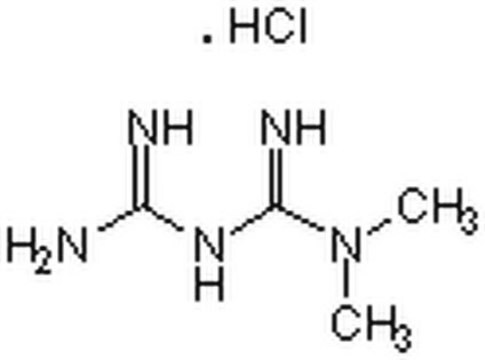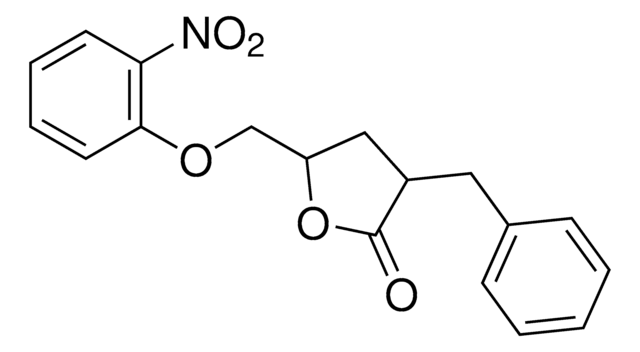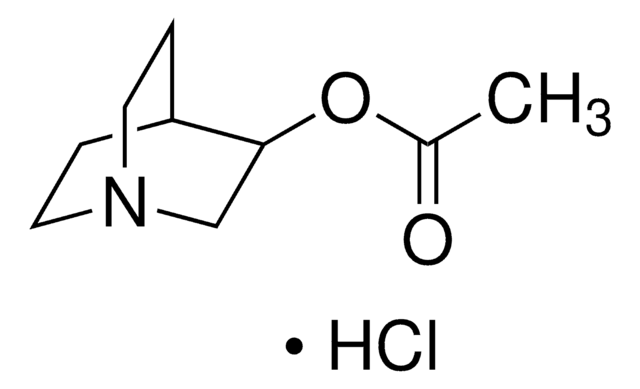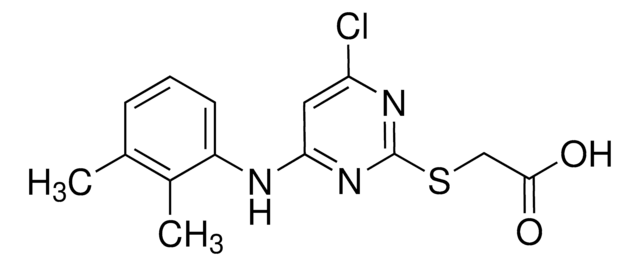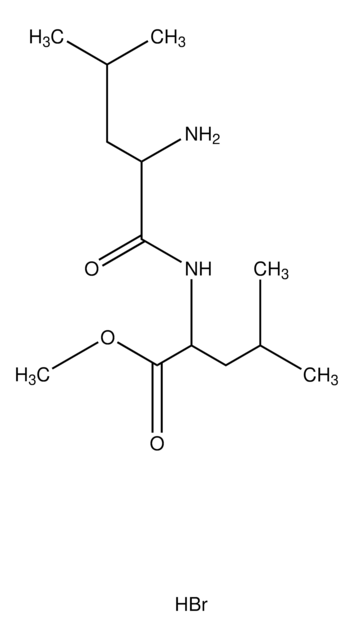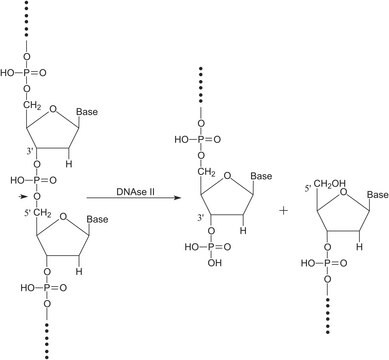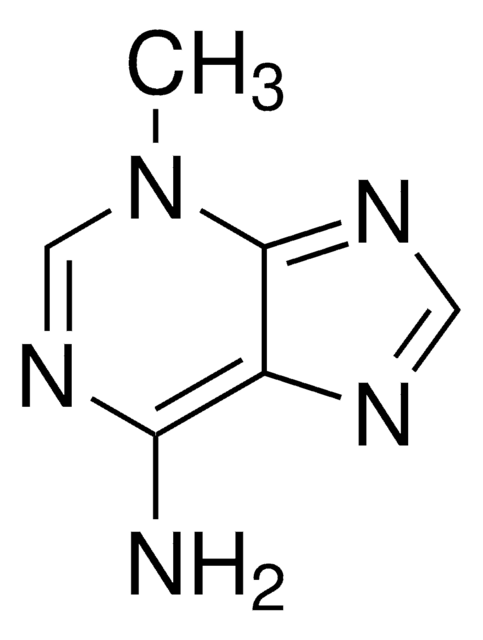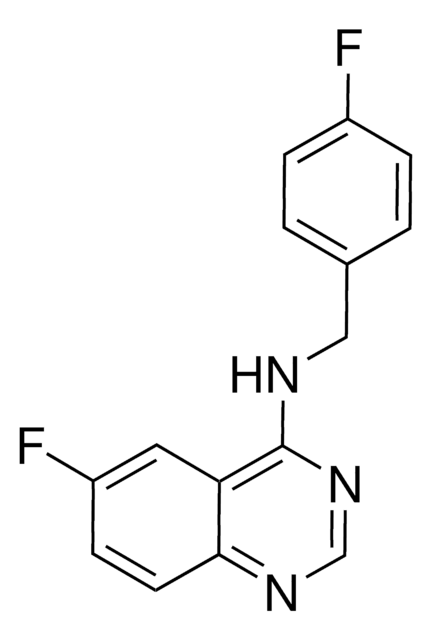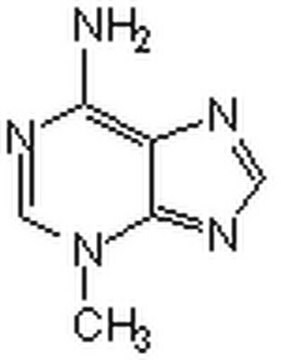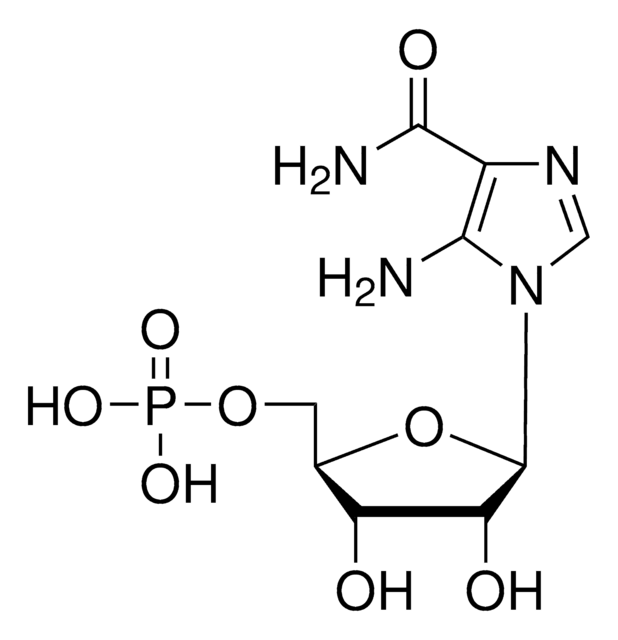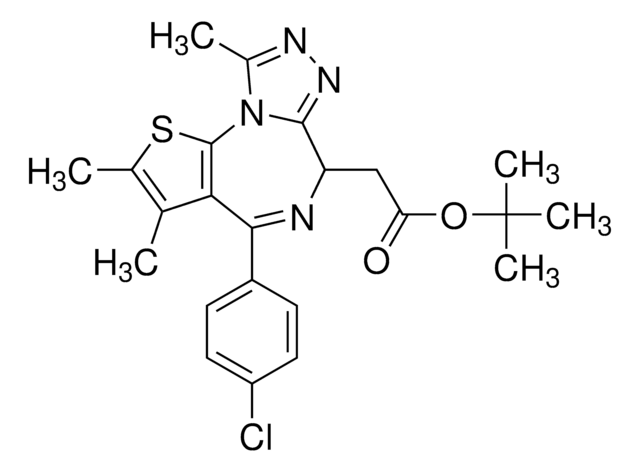추천 제품
Quality Level
분석
≥95% (HPLC)
양식
powder
색상
white to beige
solubility
DMSO: 2 mg/mL, clear (warmed)
저장 온도
2-8°C
InChI
1S/C17H21N7O4/c25-24(26)14-3-1-13(2-4-14)18-15-19-16(22-5-9-27-10-6-22)21-17(20-15)23-7-11-28-12-8-23/h1-4H,5-12H2,(H,18,19,20,21)
InChI key
MSSXBKQZZINCRI-UHFFFAOYSA-N
애플리케이션
- to study the effect of mammalian target of rapamycin mTOR signalling on in vitro O-GlcNAcylation
- to inhibit autophagy
- as a mTOR agonist to demonstrate that the O-linked N-acetylglucosamine transferase- RNA helicase p68 (OGT-DDX5) axis regulates colorectal cancer cell proliferation and metastasis
생화학적/생리학적 작용
특징 및 장점
Storage Class Code
11 - Combustible Solids
WGK
WGK 3
Flash Point (°F)
Not applicable
Flash Point (°C)
Not applicable
가장 최신 버전 중 하나를 선택하세요:
이미 열람한 고객
프로토콜
Sigma-Aldrich offers many products related to PKB/Akt for your research needs.
관련 콘텐츠
n proliferating cells, the cell cycle consists of four phases. Gap 1 (G1) is the interval between mitosis and DNA replication that is characterized by cell growth. Replication of DNA occurs during the synthesis (S) phase, which is followed by a second gap phase (G2) during which growth and preparation for cell division occurs. Together, these three stages comprise the interphase phase of the cell cycle. Interphase is followed by the mitotic (M) phase.
Apoptosis, or programmed cell death (PCD), is a selective process for the removal of unnecessary, infected or transformed cells in various biological systems. As it plays a role in the homeostasis of multicellular organisms, apoptosis is tightly regulated through two principal pathways by a number of regulatory and effector molecules.
자사의 과학자팀은 생명 과학, 재료 과학, 화학 합성, 크로마토그래피, 분석 및 기타 많은 영역을 포함한 모든 과학 분야에 경험이 있습니다..
고객지원팀으로 연락바랍니다.
